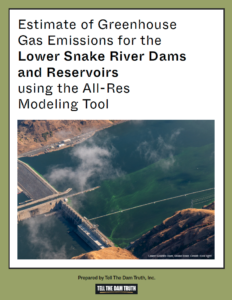Mokelumne “Water Battery” Project to begin studies

Courtesy photo: GreenGen Storage
Some years ago, PG&E was studying a pumped-storage hydroelectric project on the Mokelumne River. The power project would have used Upper Bear River Reservoir, Lower Bear River Reservoir, or a new reservoir on Cole Creek as its upper reservoir, and Salt Springs Reservoir as the lower reservoir. The two reservoirs would be joined by a large tunnel. At night, water would be pumped to the upper reservoir through the tunnel. When power demand peaked during the day, a powerhouse in the tunnel would generate power from water flowing down the tunnel to Salt Springs.
The proposed project was expected to raise and lower the level of Lower Bear Reservoir (if used) and Salt Springs Reservoir up to seven feet a day. Foothill Conservancy and others were concerned that the project would increase water temperatures in the North Fork and main stem Mokelumne River downstream. Related information can be found in this older newsletter article on our website.
PG&E eventually let its preliminary federal permit for the project lapse. But in early 2018, the Federal Energy Regulatory Commission issued a new preliminary permit for the project to GreenGen Storage, LLC, based in Santa Barbara. Numerous agencies and groups, including us and PG&E, filed objections to the project before the permit was granted. The permit allows GreenGen to study the project, but doesn’t authorize its construction.
GreenGen is calling the pumped-storage project the Mokelumne Water Battery Project because it would act like a battery, storing energy generated by wind and other sources at night. We recently met with part of the project team to share our concerns about the project. Among those concerns is the construction of another high-voltage power line in the Mokelumne River Canyon, considering the number of devastating power-line-related fires in recent years.
We’ll keep you updated as things proceed. Meanwhile, keep an eye out for any public meetings that may be held to discuss the project.
This post previously appeared on Foothill Conservancy.org.


